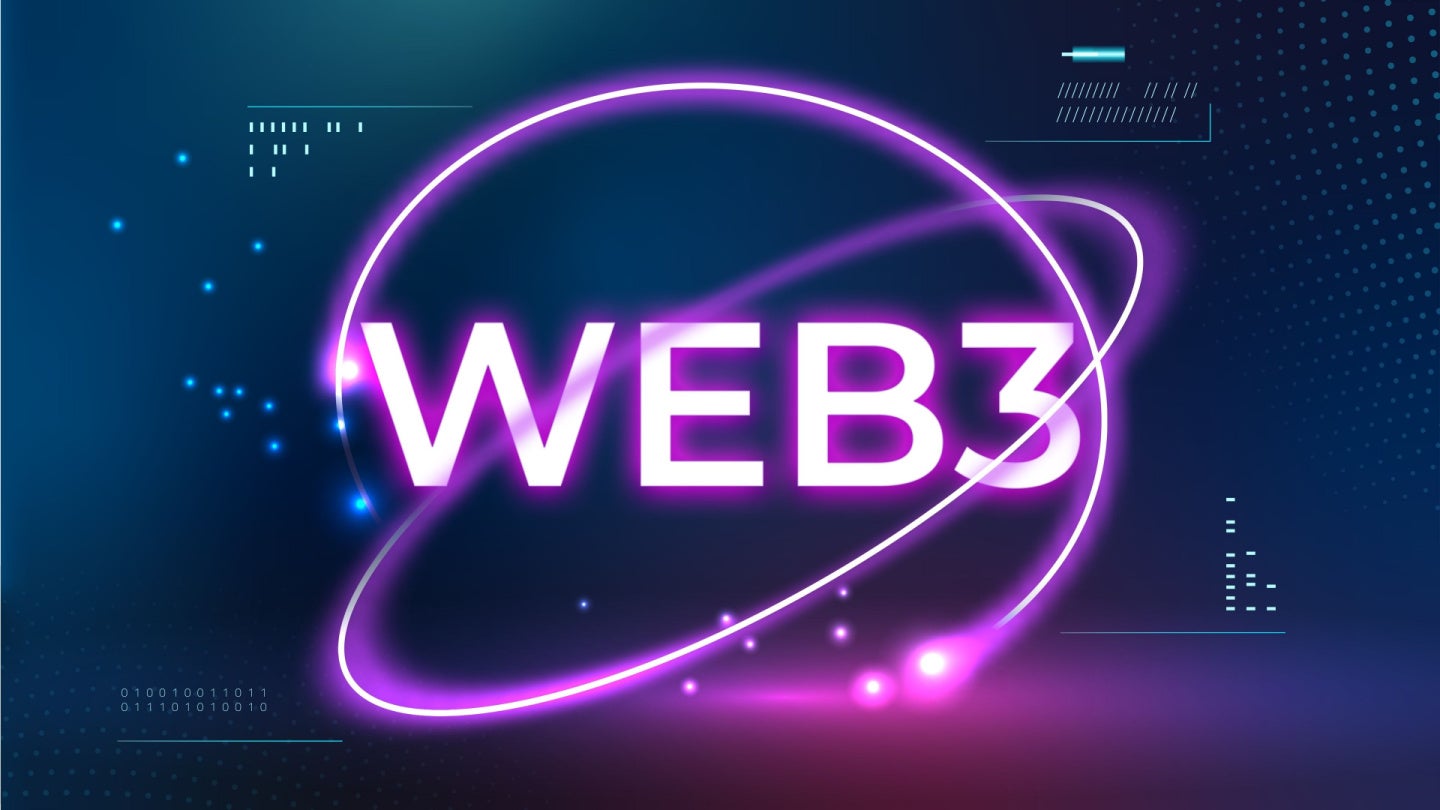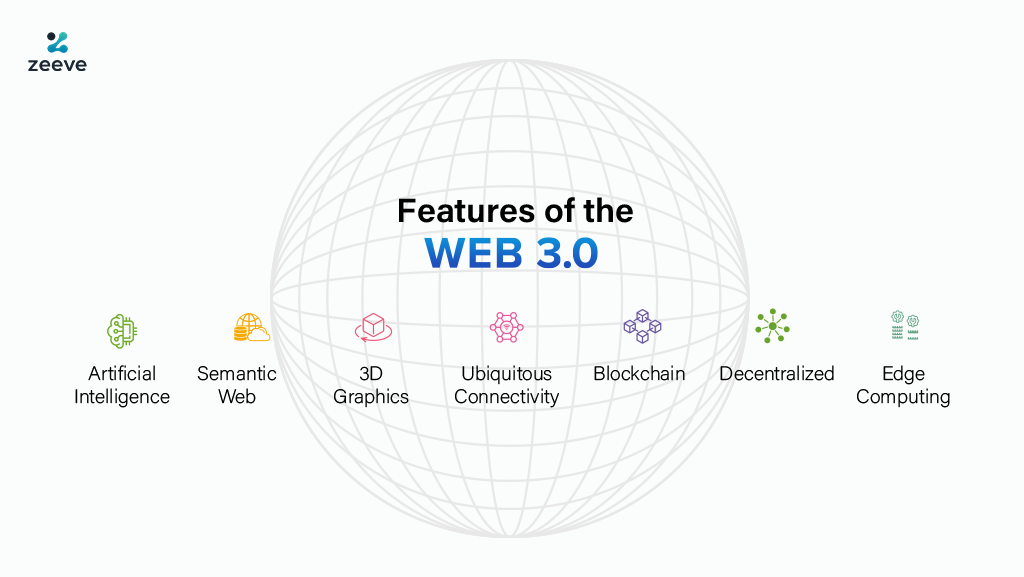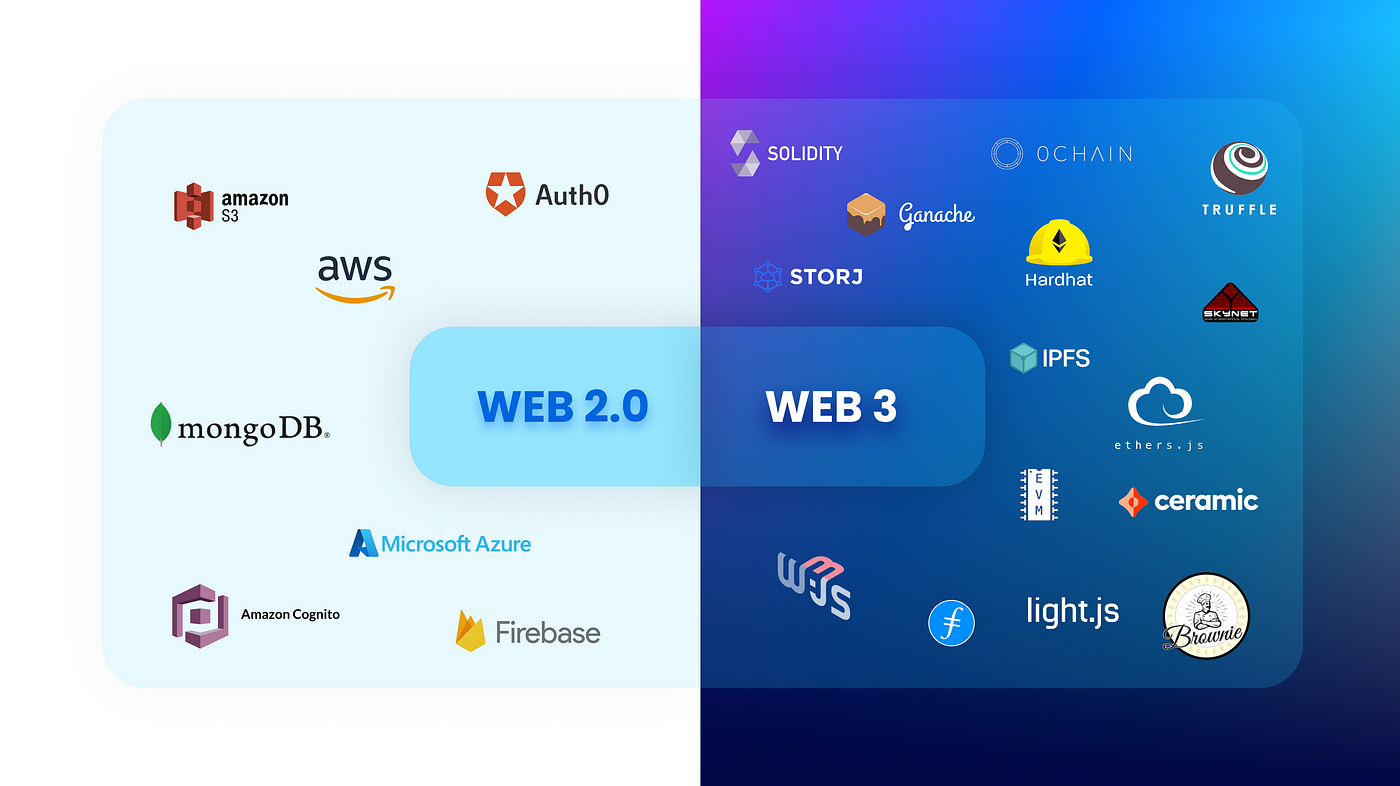Understanding Web 3 Technologies:The Future of the Internet

Web 3

Introduction to Web 3
Web 3, also known as Web 3.0, represents the next phase in the evolution of the internet, shifting from a centralized model to a more decentralized framework. Unlike Web 1.0, which was characterized by static web pages, and Web 2.0, which introduced dynamic content and social media interactivity, Web 3 aims to enhance user sovereignty, data security, and privacy. This transformation is driven by blockchain technology, decentralized applications (dApps), and smart contracts, aiming to create an internet that is open, trustless, and permissionless.
Web 3

Key Components of Web 3
1. Blockchain Technology
Blockchain is the foundational technology of Web 3. It is a decentralized ledger that records transactions across multiple computers so that the record cannot be altered retroactively. This ensures transparency and security without the need for intermediaries.
KEY TAKEAWAYS
- Blockchain is a type of shared database that differs from a typical database in the way it stores information; blockchains store data in blocks linked together via cryptography.
- Different types of information can be stored on a blockchain, but the most common use for transactions has been as a ledger.
- In Bitcoin’s case, blockchain is decentralized so that no single person or group has control—instead, all users collectively retain control.
- Decentralized blockchains are immutable, which means that the data entered is irreversible. For Bitcoin, transactions are permanently recorded and viewable to anyone.
Example: Bitcoin and Ethereum are two prominent blockchains. While Bitcoin focuses on digital currency, Ethereum enables smart contracts and decentralized applications (dApps).
2. Decentralized Applications (dApps)
dApps operate on a blockchain network rather than centralized servers. They are open-source and offer enhanced security and user control over data.
KEY TAKEAWAYS
- Decentralized applications—also known as "dApps" or "dapps"—are digital applications that run on a blockchain network of computers instead of relying on a single computer.
- DApps are free from the control and interference of a single authority.
- The benefits of dApps include safeguarding user privacy, the lack of censorship, and the flexibility of development.
- Potential drawbacks include an inability to scale, challenges in developing a user interface, difficulties in making code modifications, and security issues.
Example: Uniswap, a decentralized exchange built on Ethereum, allows users to trade cryptocurrencies without relying on a central authority.
3. Smart Contracts
Smart contracts are self-executing contracts with the terms of the agreement directly written into code. They automatically enforce and execute the terms when predefined conditions are met.
Example: A simple smart contract can automate the release of funds when a project milestone is completed, ensuring trust and efficiency in transactions.
4. Decentralized Finance (DeFi)
DeFi encompasses a range of financial services such as lending, borrowing, trading, and investing, all conducted on blockchain platforms. DeFi aims to remove traditional financial intermediaries, making financial services more accessible and transparent.
KEY TAKEAWAYS
- Decentralized finance, or DeFi, uses emerging technology to remove third parties and centralized institutions from financial transactions.
- The components of DeFi are cryptocurrencies, blockchain technology, and software that allow people to transact financially with each other.
- DeFi is still in its infancy and subject to hacks and thefts because of sloppy programming and a lack of security testing before applications are launched.
Example: Compound allows users to lend and borrow cryptocurrencies without needing a bank, earning interest and accessing loans through smart contracts.
5. Non-Fungible Tokens (NFTs)
NFTs are unique digital assets verified on a blockchain, often used to represent ownership of digital art, collectibles, or other unique items.
KEY TAKEAWAYS
- NFTs (non-fungible tokens) are unique cryptographic tokens that exist on a blockchain and cannot be replicated.
- NFTs can represent digital or real-world items like artwork and real estate.
- "Tokenizing" these real-world tangible assets makes buying, selling, and trading them more efficient while reducing the probability of fraud.
- NFTs can represent individuals' identities, property rights, and more.
- Collectors and investors initially sought NFTs after the public became more aware of them, but their popularity has since waned.
Example: CryptoKitties, one of the first NFT projects, allows users to collect, breed, and trade unique digital cats.
Advantages of Web 3
-
Enhanced Privacy and Security
Web 3 technologies minimize the need for intermediaries, reducing the risk of data breaches and unauthorized access. Users have greater control over their personal information. -
Data Ownership
Users retain ownership of their data and digital assets, ensuring that they are not exploited by large corporations. -
Transparency and Trust
Blockchain’s immutable ledger ensures transparency in transactions and operations, fostering trust among users. -
Interoperability
Web 3 allows for seamless interaction between different platforms and applications, facilitated by standardized protocols and decentralized networks.
Challenges and Considerations
-
Scalability
Blockchain networks can face scalability issues, as increased usage can lead to slower transaction speeds and higher costs. -
User Experience
The complexity of using blockchain technology can be a barrier for mass adoption. Improving user interfaces and educating users is crucial. -
Regulatory Uncertainty
The decentralized nature of Web 3 technologies presents regulatory challenges. Governments are still figuring out how to effectively regulate and integrate these technologies within existing frameworks. -
Energy Consumption
Proof-of-work blockchains like Bitcoin consume significant amounts of energy. Transitioning to more sustainable models like proof-of-stake is essential for environmental sustainability.
Future of Web 3
The future of Web 3 is promising, with continuous advancements in technology and increasing adoption across various sectors. Potential developments include:
-
Integration with IoT
Combining Web 3 with the Internet of Things (IoT) could lead to decentralized networks of smart devices, enhancing automation and data sharing. -
Enhanced Interoperability
Efforts like Polkadot and Cosmos are working towards creating a more interconnected blockchain ecosystem, facilitating communication between different blockchains. -
Mainstream Adoption
As technologies mature and user experience improves, more mainstream applications and industries are likely to adopt Web 3 principles, leading to a more decentralized internet.
Conclusion
Web 3 represents a revolutionary shift towards a more decentralized, transparent, and user-centric internet. By leveraging blockchain, smart contracts, dApps, and other innovative technologies, Web 3 aims to overcome the limitations of its predecessors and create a more equitable digital landscape. While challenges remain, the potential benefits of Web 3 make it a crucial area of development for the future of the internet.
Web 3

Learn More About Web 3.0
To deepen your understanding of Web 3.0 technologies, here are some valuable resources:
-
McKinsey: What is Web3 technology?
McKinsey Article -
CoinMarketCap: What is Web 3.0?
CoinMarketCap Article -
PCMag: What Is Web3 and How Will it Work?
PCMag Article -
Cryptured: Web3 Technology Explained and Real-Life Examples
Cryptured Article
